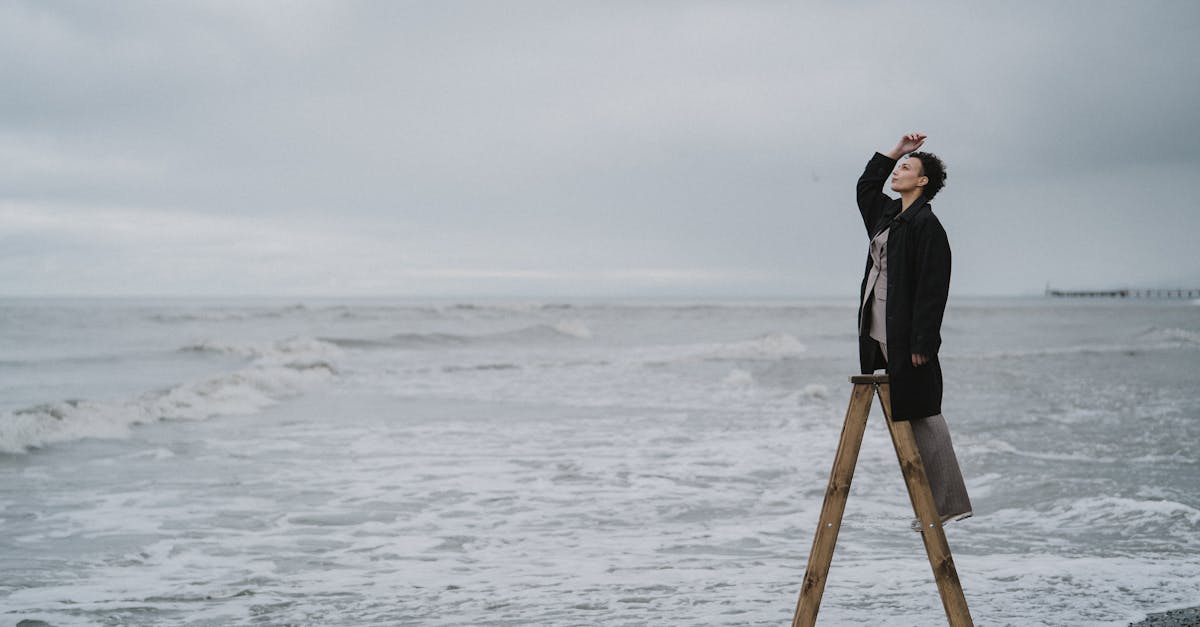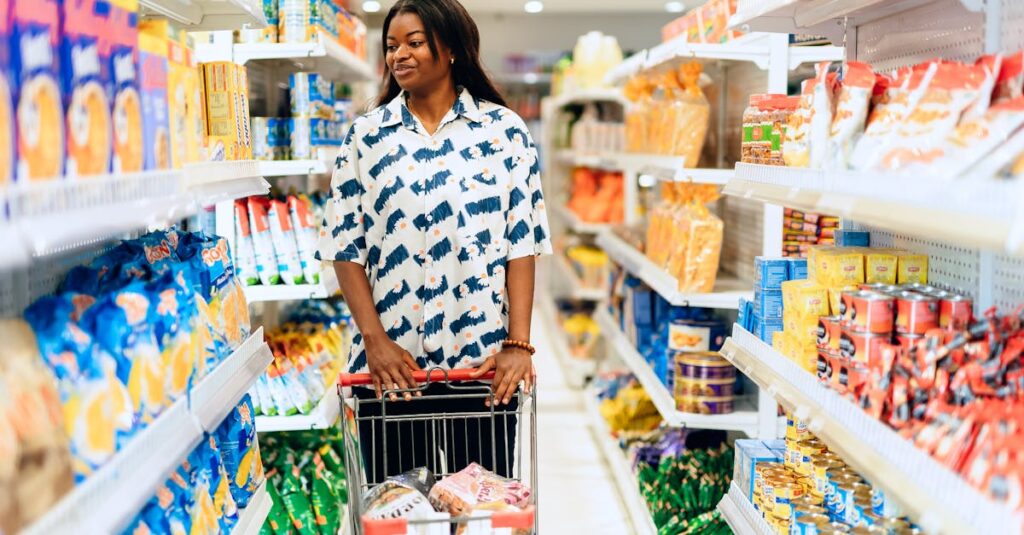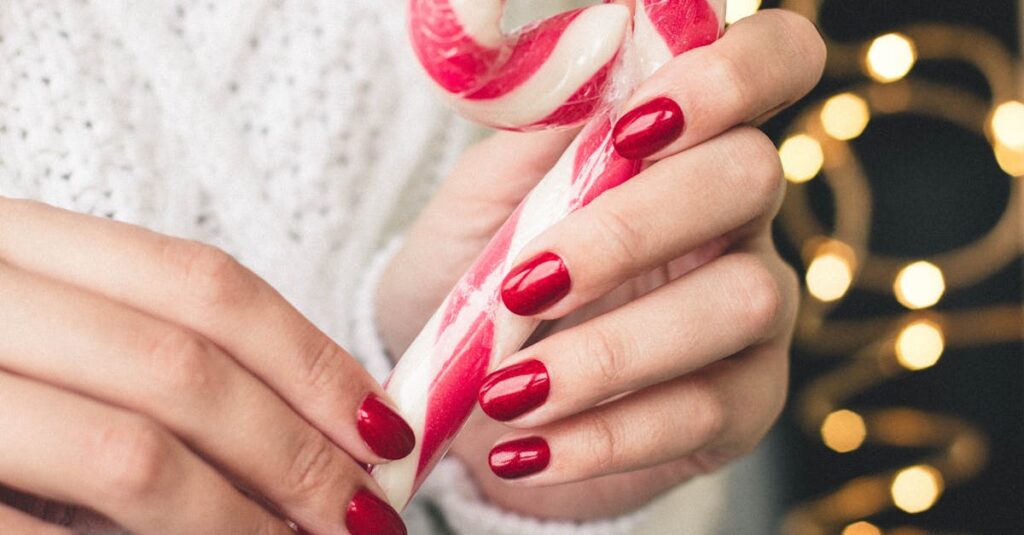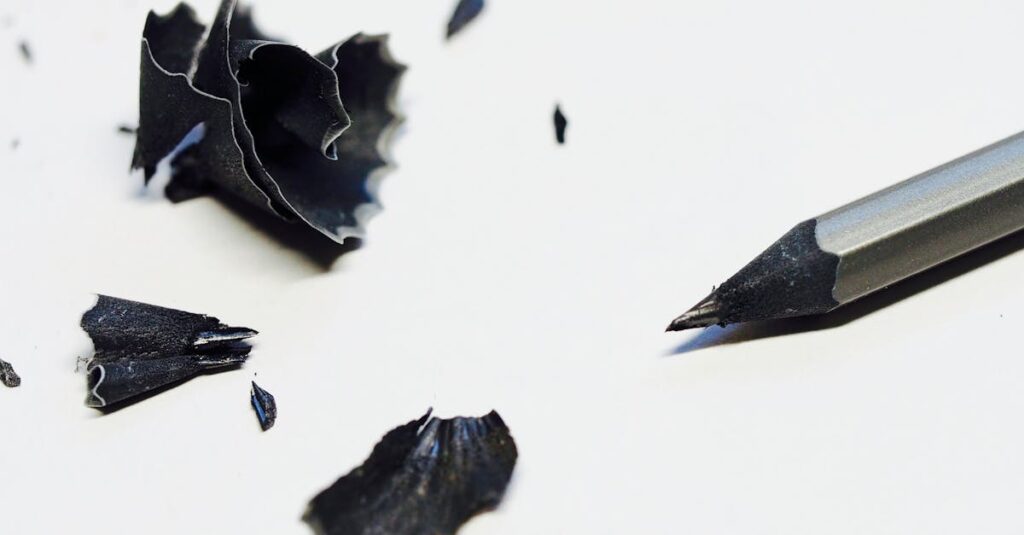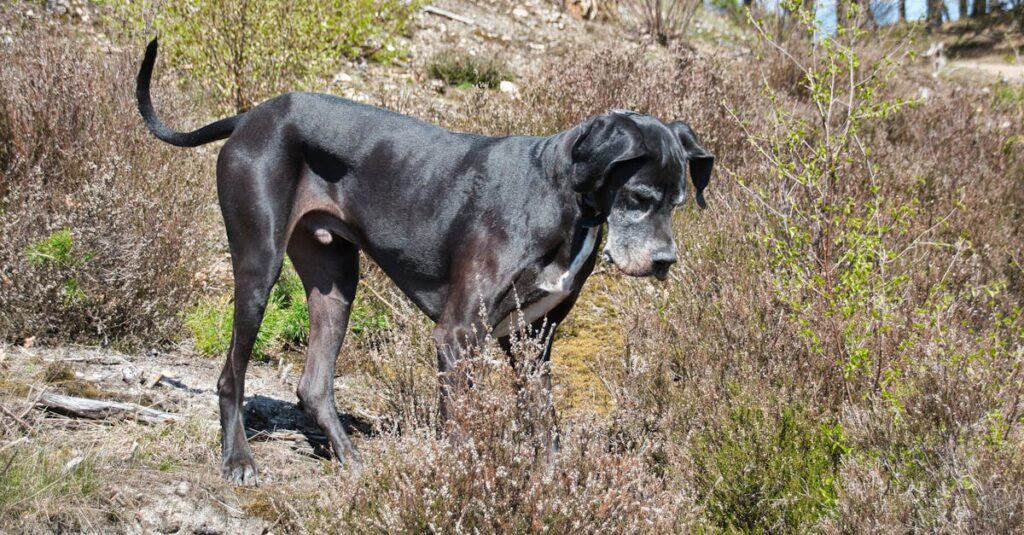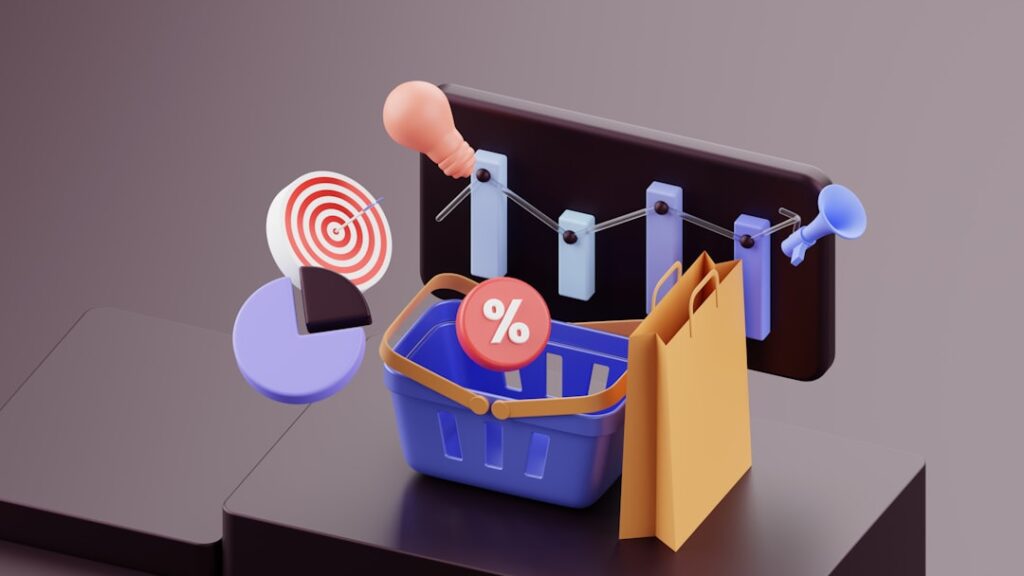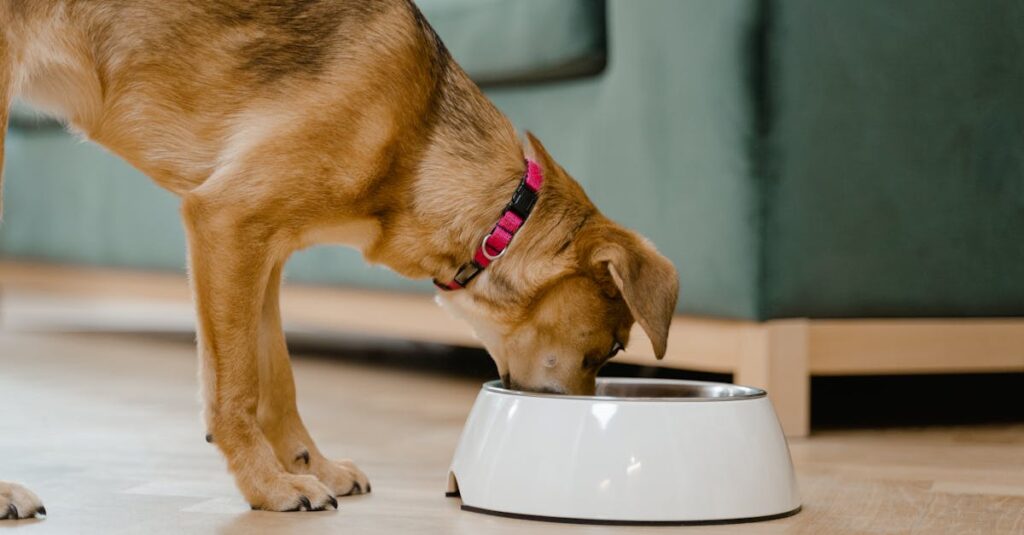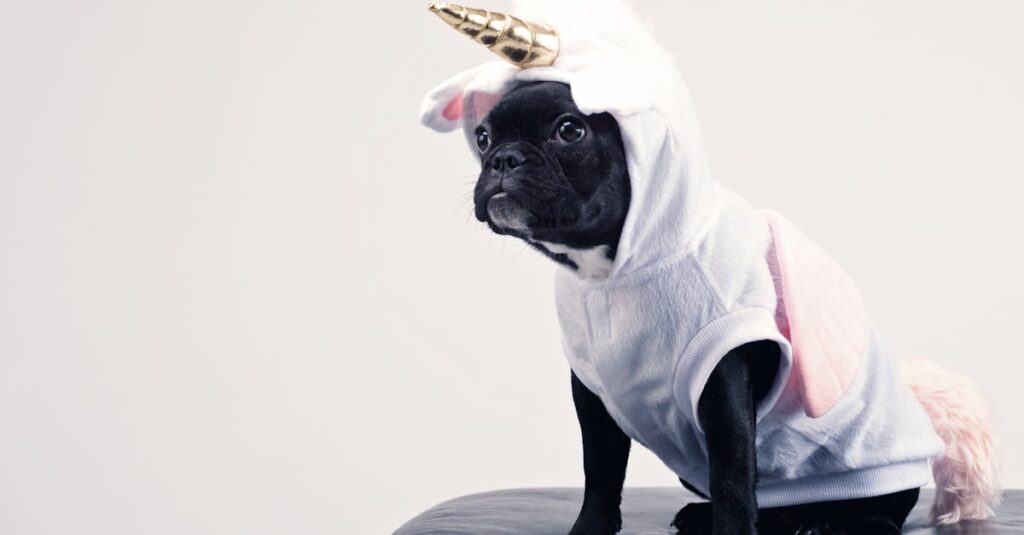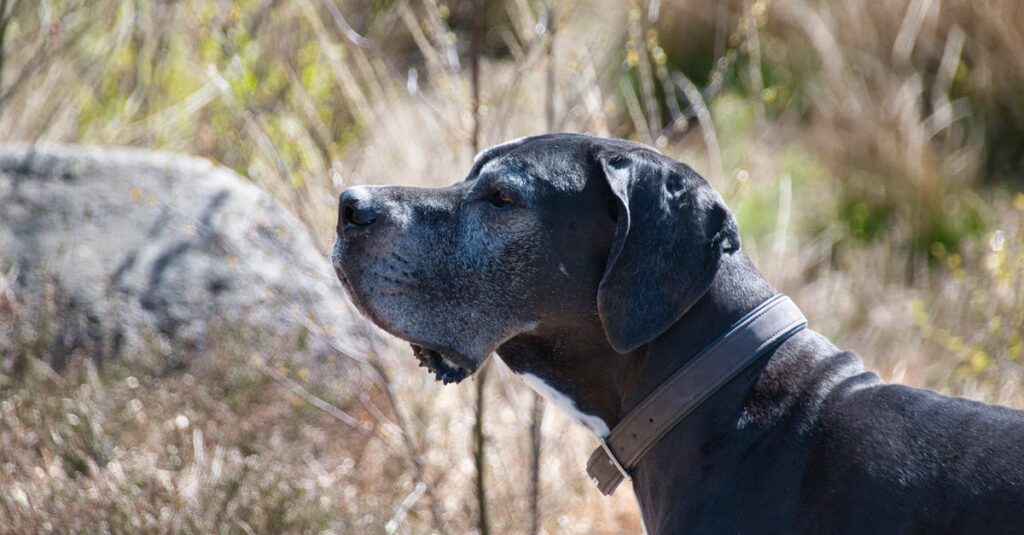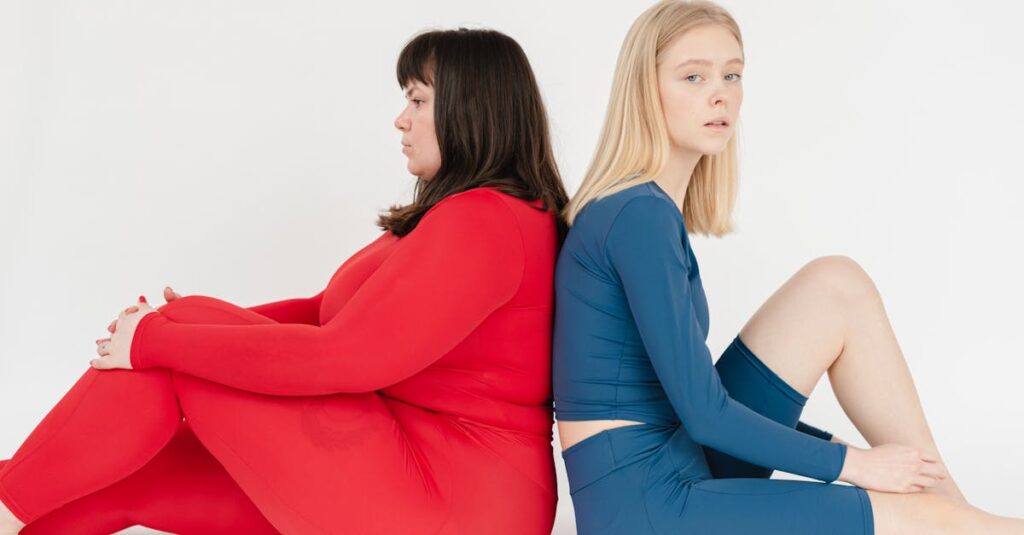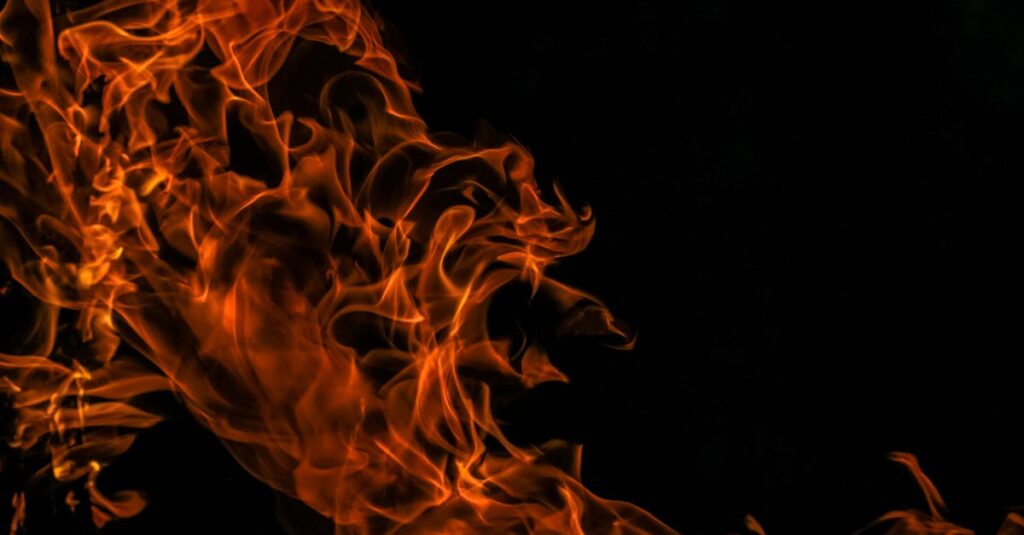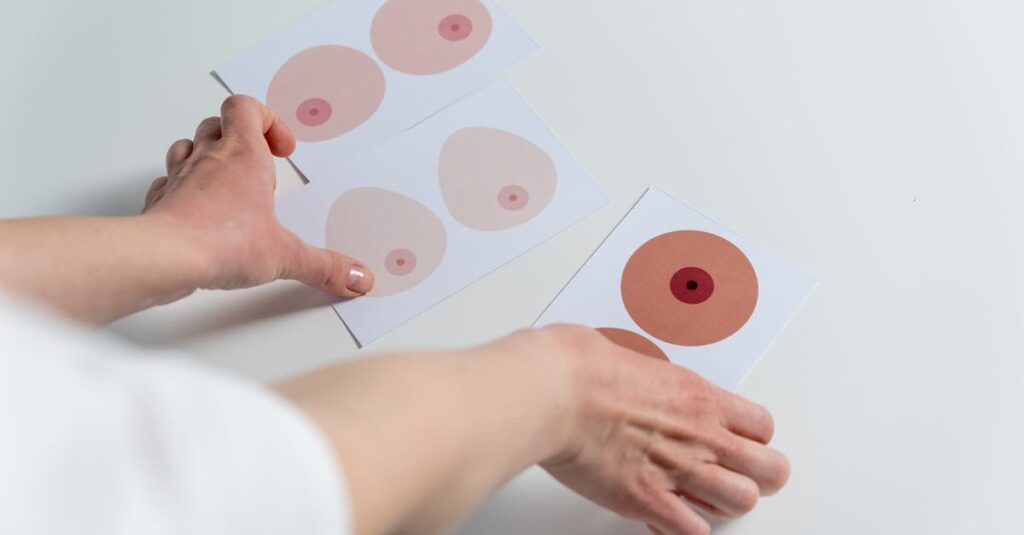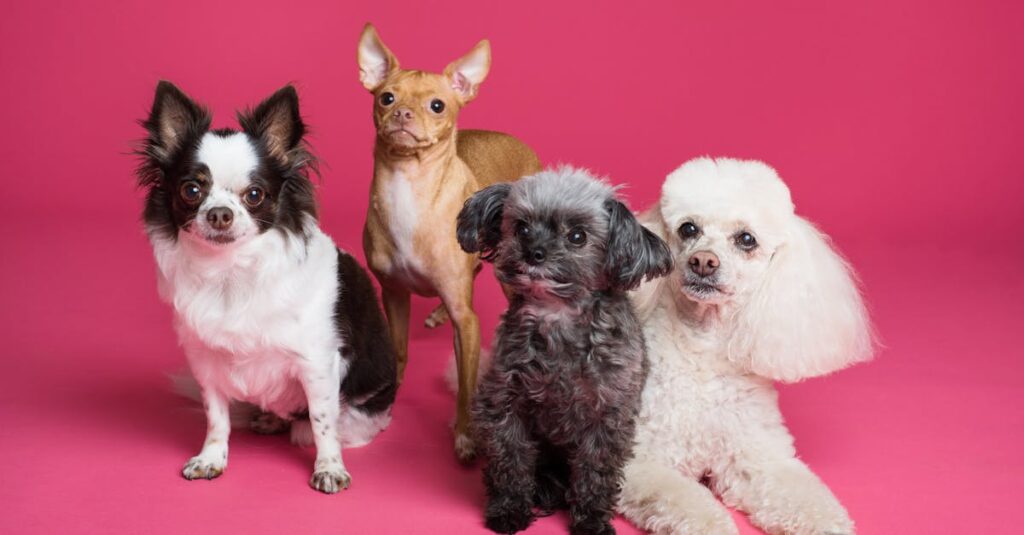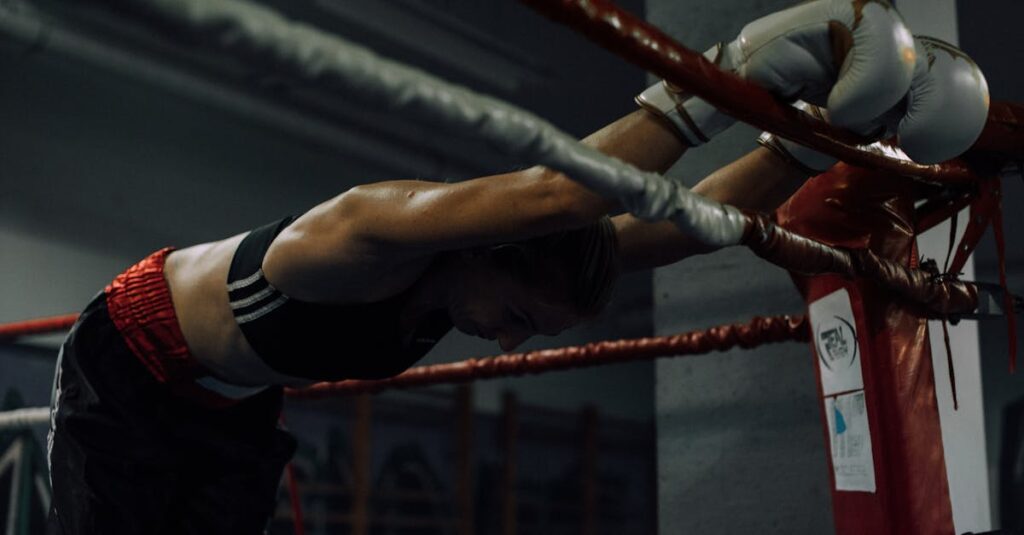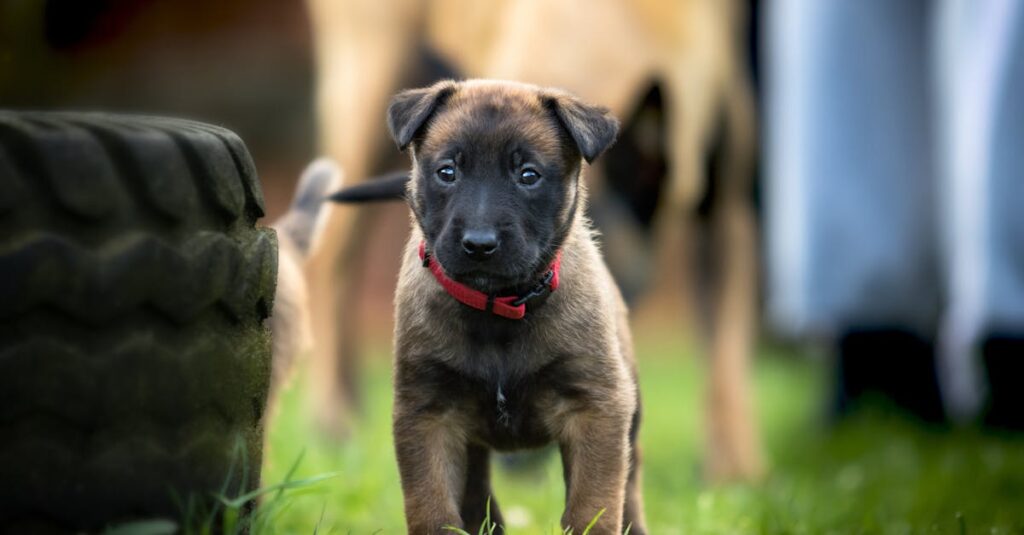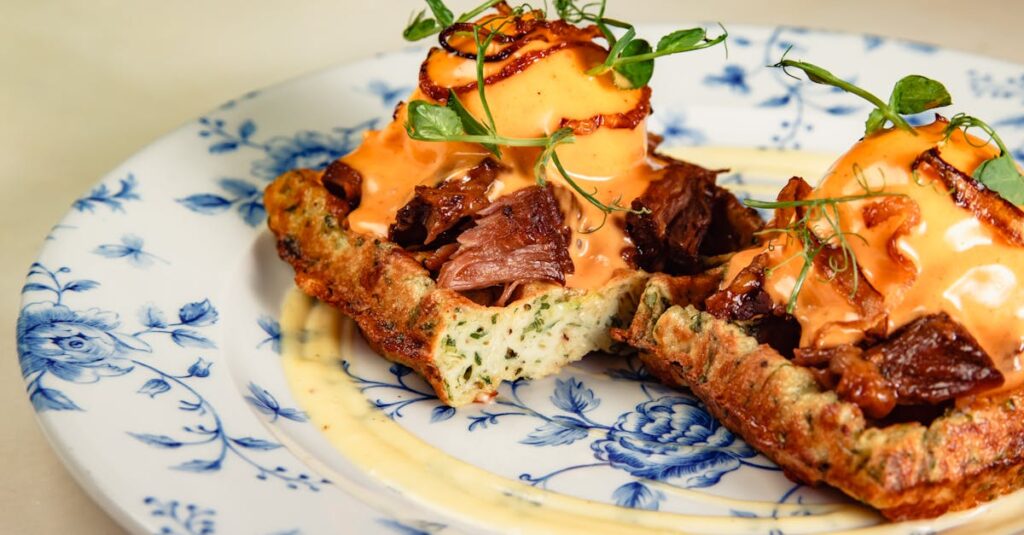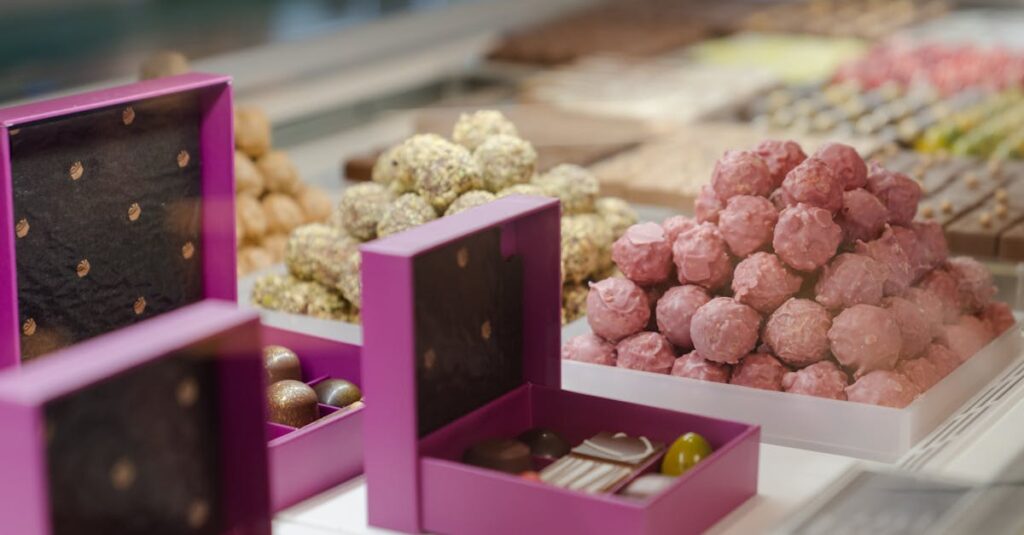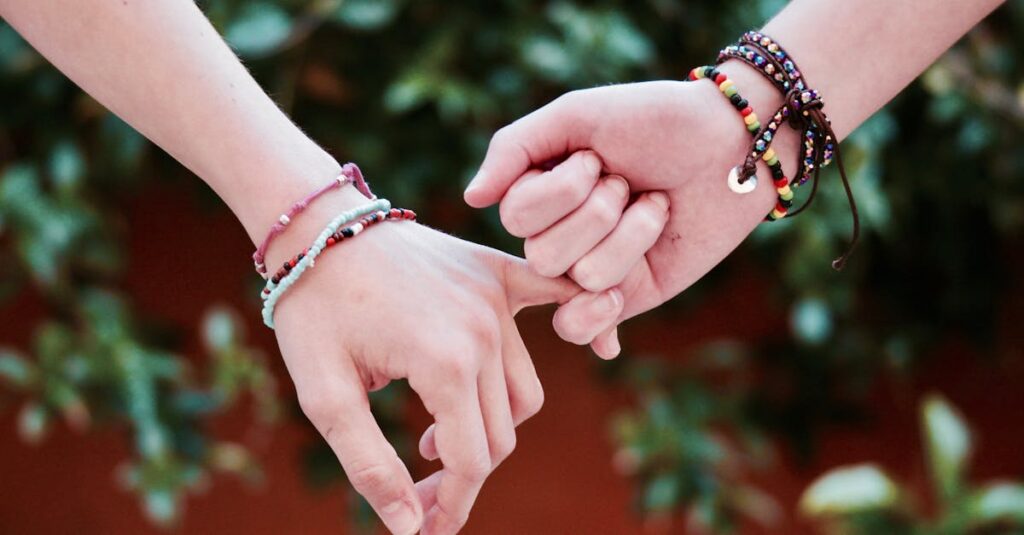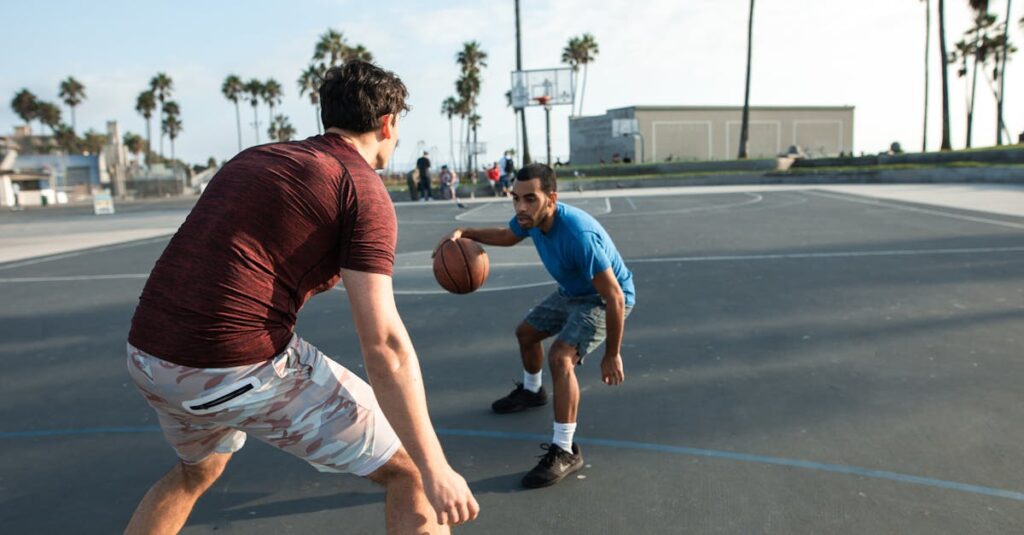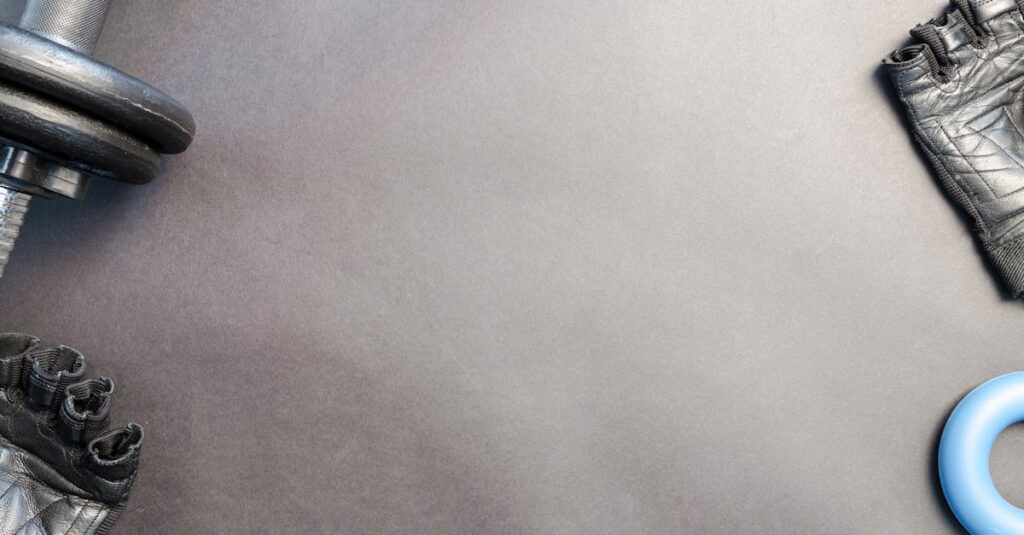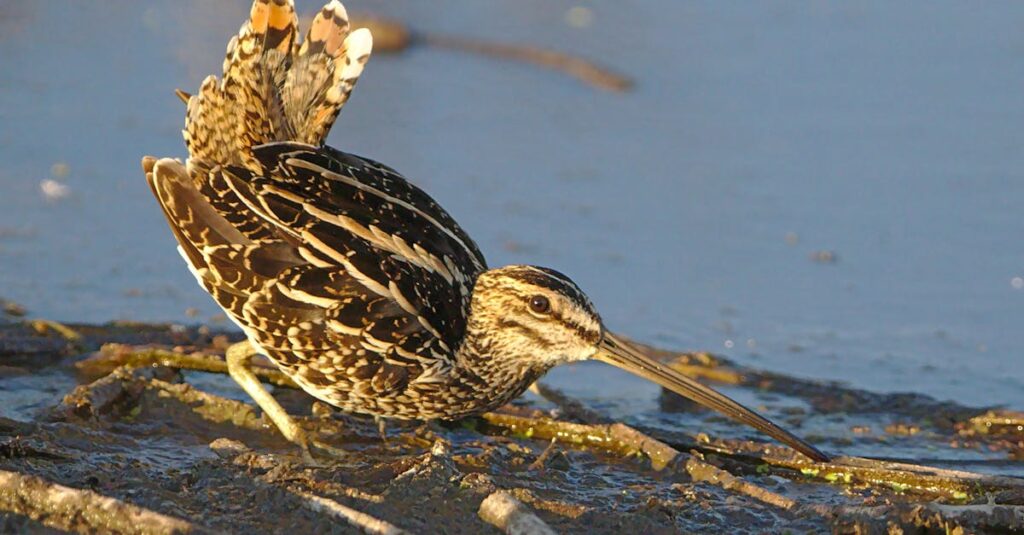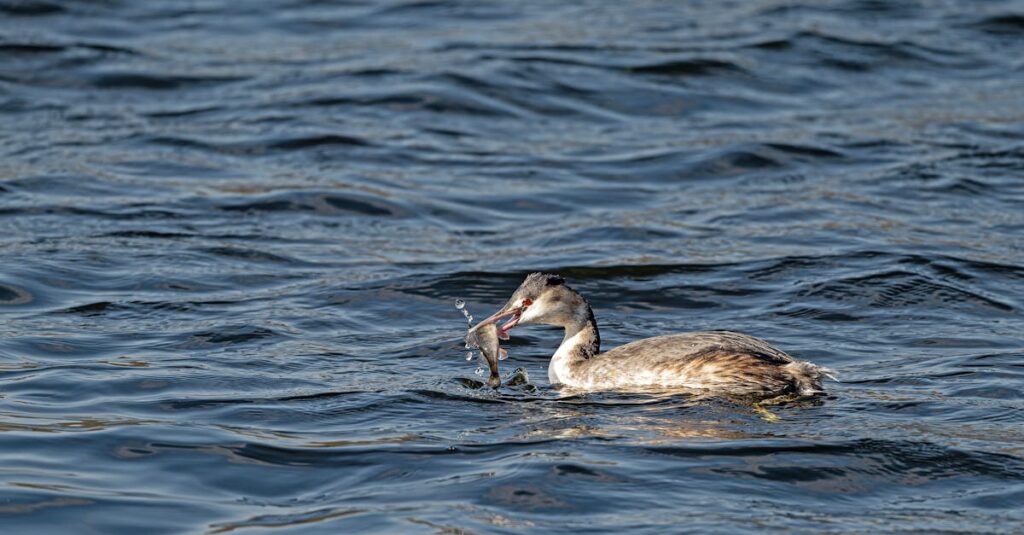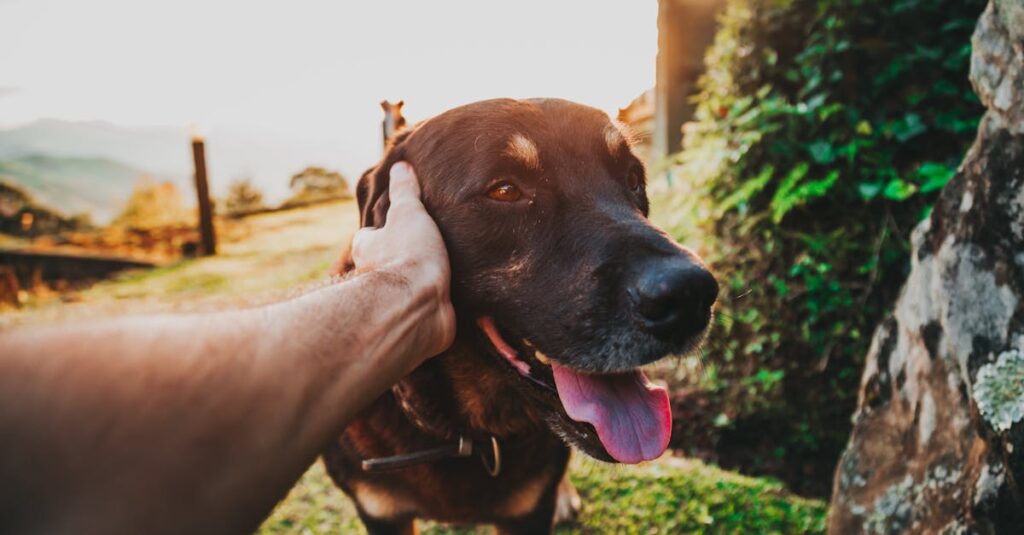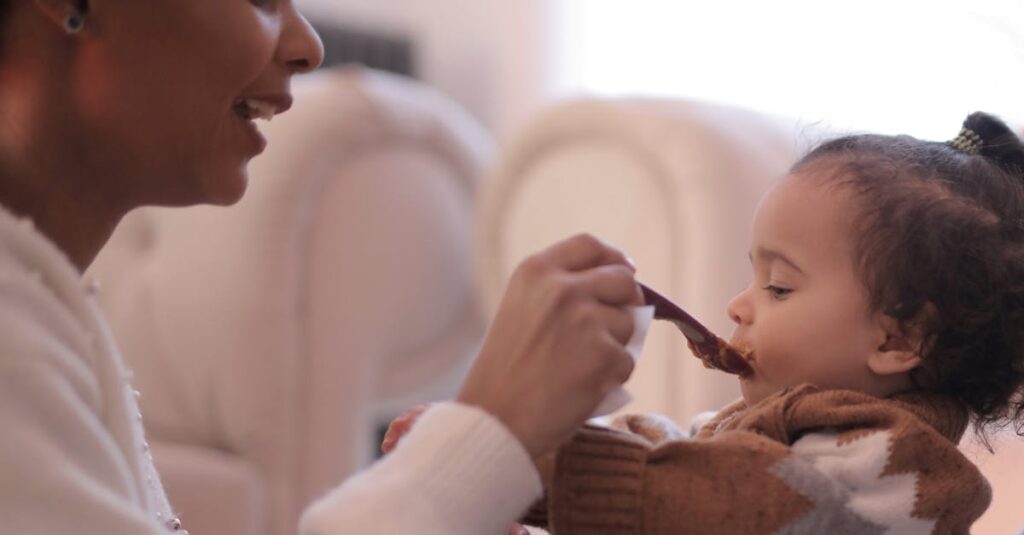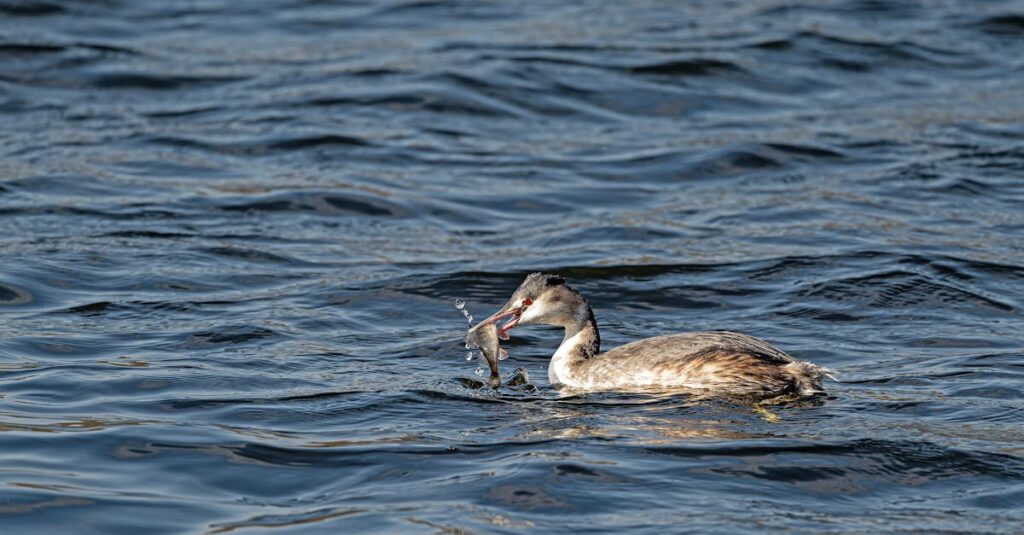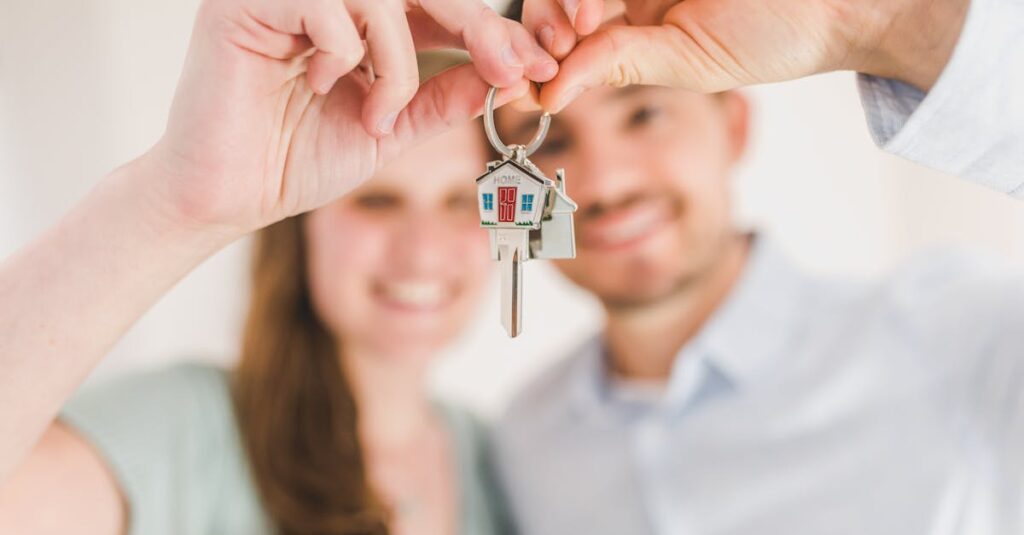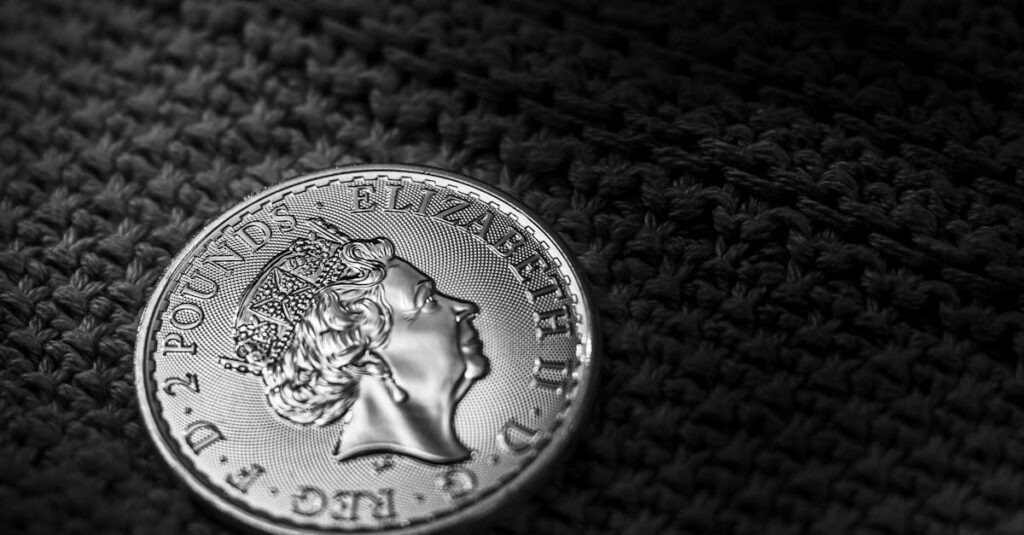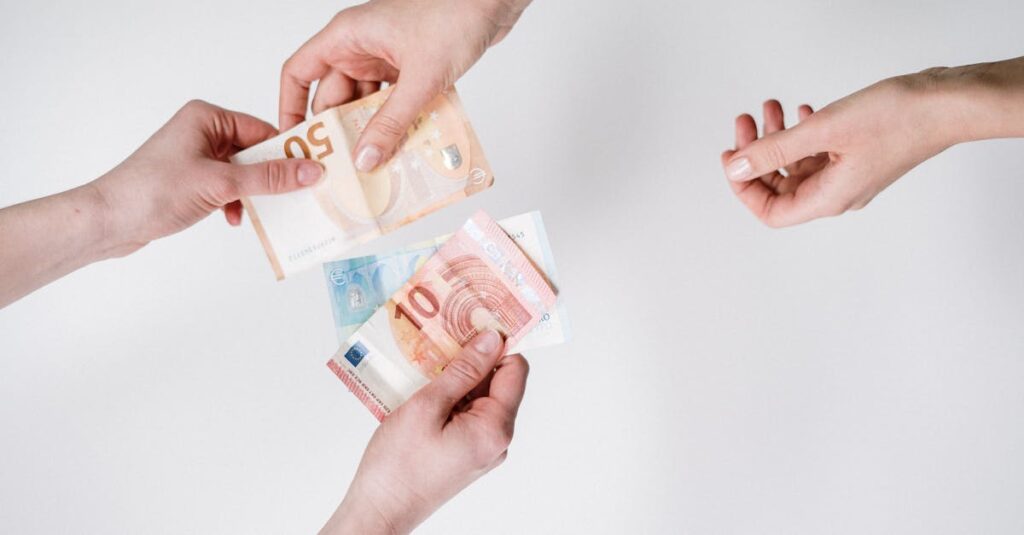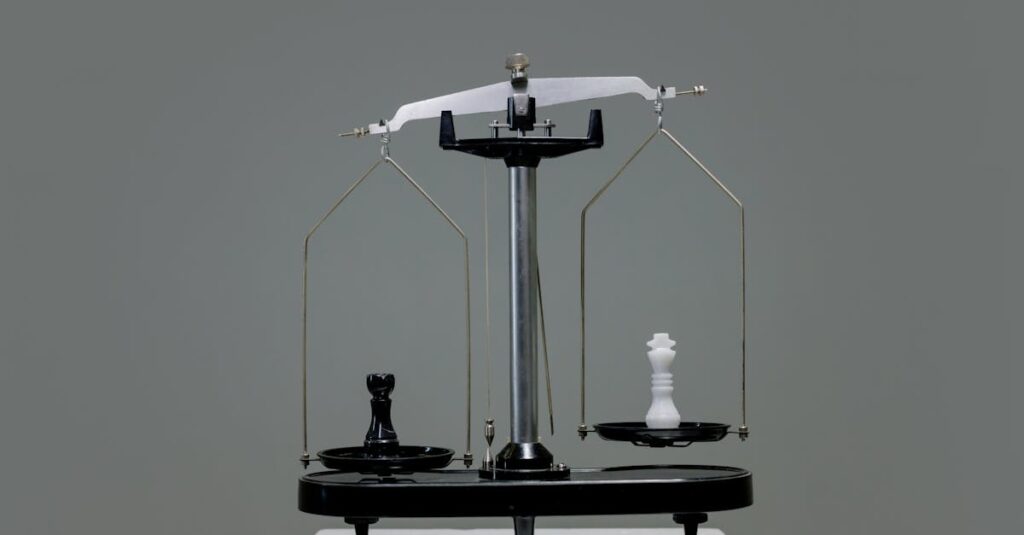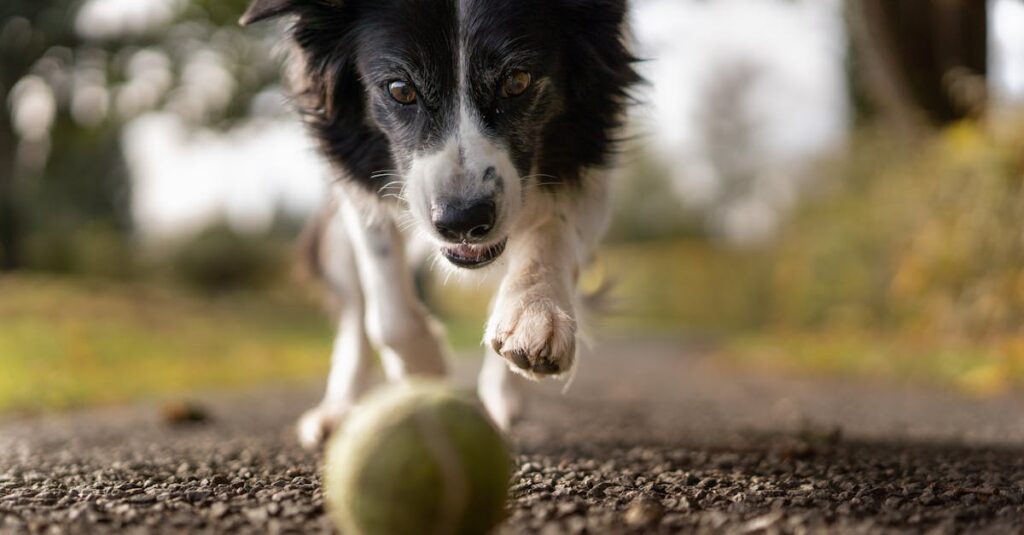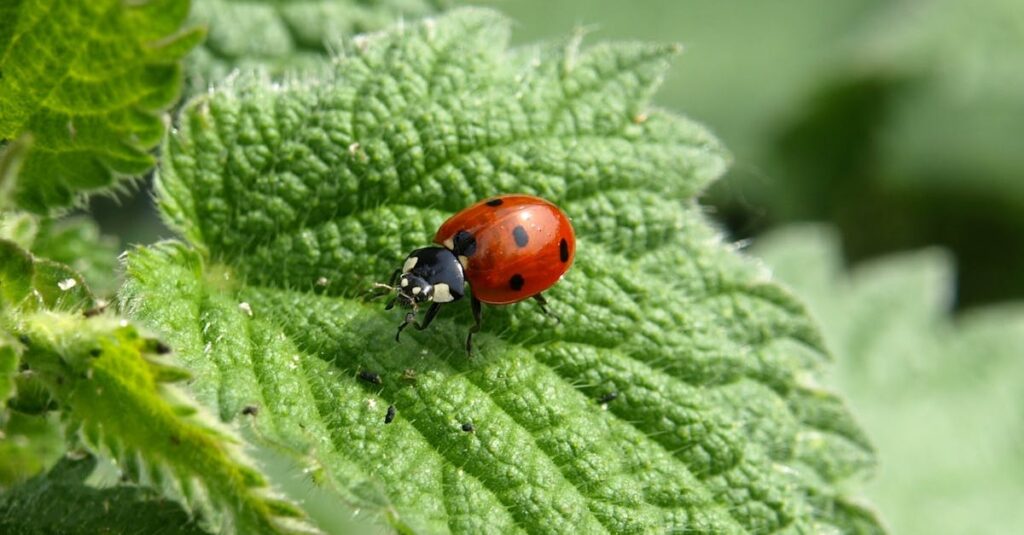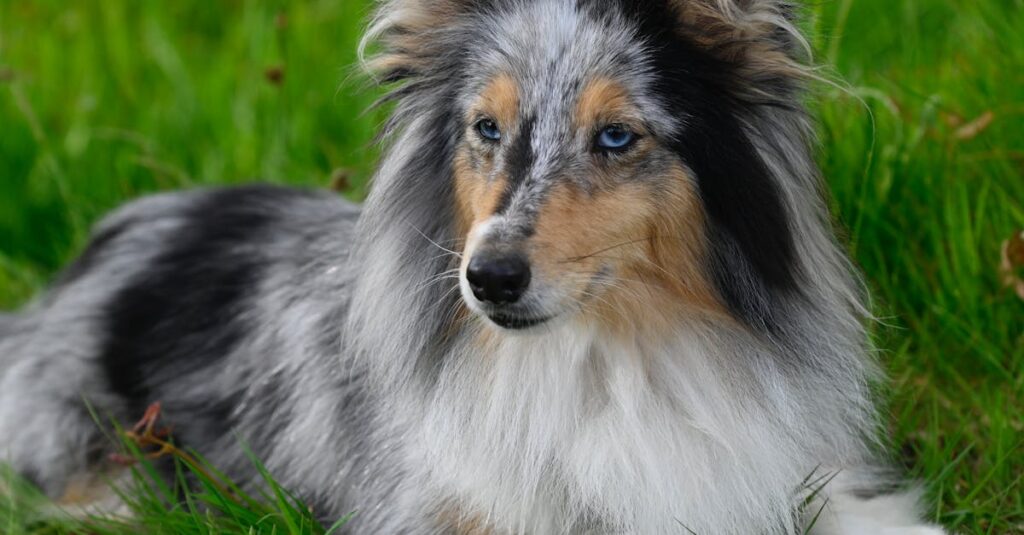When Do Great Dane Puppies Calm Down? This question often pops up for those new to raising these gentle giants, especially as their boundless puppy energy can sometimes feel overwhelming. It’s true, their early years are marked by high-spirited antics, mischief, and curiosity — perfect ingredients for a whirlwind household. But understanding their growth stages and implementing effective strategies can make all the difference in harnessing that energy into a calm, loyal companion.
Typical Age When Great Dane Puppies Begin to Calm Down 🐾
Great Danes usually start showing signs of calming down around 2 to 3 years old. Prior to this, they’re bundles of energy, still physically developing and absorbing their environment with intense enthusiasm. This is partly due to their origin as hunting dogs, bred for agility and endurance, which instills a natural hyperactivity in their younger years.
Reasoning Behind Their High Energy During Puppyhood
- Rapid physical and mental growth demands plenty of activity.
- Instinctive behaviors like play and exploration help them learn their environment.
- Limited impulse control due to early developmental stages.
They thrive on heavy exercise, mental stimulation, and social interaction. Without these, their exuberance can translate into destructive behaviors or restlessness.
Managing Your Great Dane’s Energy: Tips & Strategies for All Stages 🐶
To help your Great Dane puppy transform from a lively ball of fluff to a dignified adult, structure and guidance are key. Here’s what I suggest:
- Regular Exercise: At least 60 minutes daily combining walks, fetch, and interactive play. This burns energy and strengthens your bond.
- Consistent Training: Use positive reinforcement techniques early on to instill good manners and obedience. For example, check how to train a Great Dane not to bite.
- Mental Stimulation: Puzzle toys, obedience games, and socialization help channel mental energy constructively.
- Routine and Structure: Feeding, exercise, and rest on a schedule create a secure environment to reduce anxiety and overexcitement.
- Balanced Nutrition: Keep your Dane healthy with high-quality diet brands like Royal Canin, Orijen, or Purina Pro Plan, which support their unique growth and help regulate energy levels.
Recognizing the Adolescent Phase (2-3 years) and Beyond
This stage often comes with testing boundaries — your Great Dane may appear stubborn or more independent. Patience combined with ongoing training sessions is vital. Positive reinforcement remains your best ally. You might notice a decrease in hyperactivity as they near their third birthday.
How Factors Like Genetics and Health Affect Calming Down 🧬
| Factor 🔑 | Impact on Energy & Behavior 🐕 | Recommended Action ✔️ |
|---|---|---|
| Genetics | Inherited energy levels and temperament vary between dogs. | Learn your Dane’s lineage and prepare training accordingly. |
| Training & Socialization | Mature, calm behavior grows from early, consistent routines. | Engage in structured positive reinforcement and social exposure. |
| Health | Conditions like hip dysplasia or bloat can increase anxiety/activity. | Regular vet visits and high-quality diets like Hill’s Science Diet or Merrick are essential. |
| Environment | Stimulating surroundings reduce boredom and destructive outbursts. | Offer enriching toys and plenty of exercise. |
Creating a Calmer Environment for Your Growing Great Dane 🏡
Transforming puppy energy into settled maturity is a journey that requires your active participation. Here’s how to foster a calm atmosphere:
- Designated Quiet Space: A cozy spot for downtime where your dog can retreat.
- Consistent Daily Routine: Establish feeding, play, and rest times to create predictability.
- Social Interaction: Carefully manage interactions with other pets – gradual introductions help. More on social bonding can be found here on dog-human connections.
- Use Calming Products: Consider collars or supplements designed to soothe anxiety.
Feeding Your Great Dane Puppy: Balanced Diet and Energy Regulation 🍽️
Eating well plays a surprisingly central role in your Great Dane’s ability to calm down. Here’s a strategic guide to nutrition:
- Choose a large breed puppy formula to support growth and avoid joint problems.
- Brands like Blue Buffalo, Taste of the Wild, and Simply Nourish offer balanced nutrients.
- Divide meals into smaller daily portions to keep blood sugar stable and minimize hyperactivity.
- Monitor weight regularly to prevent obesity, which can cause discomfort and restlessness.
Nutrition paired with consistent exercise promotes healthy behavior and energy balancing.
| Brand 🏷️ | Main Benefits 🌟 | Recommended For 🐶 |
|---|---|---|
| Royal Canin | Tailored large breed formulas support joints and digestion | Growing puppies and adults |
| Orijen | High-protein, grain-free for energy and muscle maintenance | Active, energetic dogs |
| Hill’s Science Diet | Clinically tested for digestive and joint health | Dogs with specific health needs |
| Merrick | Natural ingredients, rich in antioxidants | General wellbeing |
Questions Most Asked by Great Dane Owners 🤔
- Q: At what age do Great Dane puppies generally calm down?
A: Typically, they begin to mellow between 2 and 3 years, though training and individual temperament play large roles. - Q: How can I help my adolescent Great Dane manage their energy?
A: Maintain consistent exercise, mental challenges, and positive reinforcement training to help them mature gracefully. - Q: Could health issues cause prolonged hyperactivity?
A: Yes, problems like hip dysplasia or digestive discomfort can affect behavior. Regular vet care is critical. - Q: Can neutering affect energy levels?
A: Neutering may reduce some hyperactive tendencies but isn’t a standalone solution; combined training is essential. - Q: What is the best diet for calming a Great Dane puppy?
A: A well-balanced, large breed formula from trusted brands like Bully Max or Nutrish supports healthy growth and energy balance.

